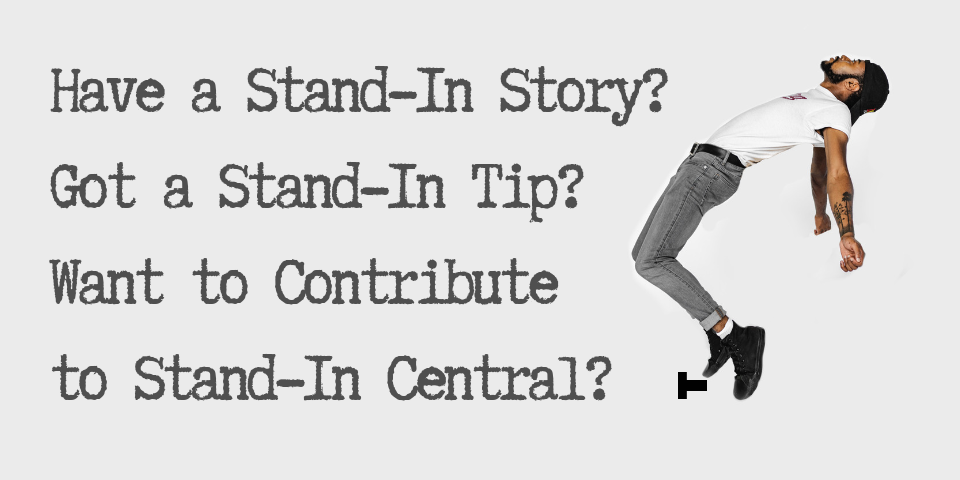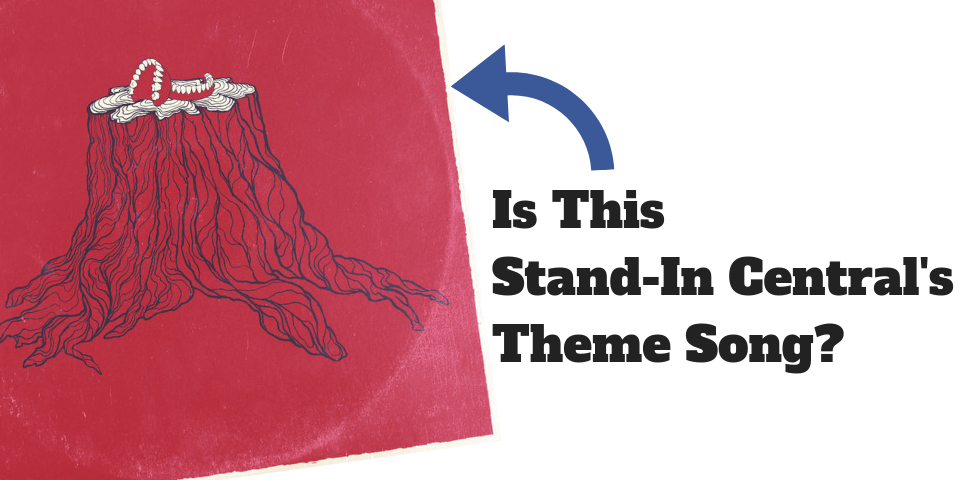You and your fellow stand-ins–otherwise known as “second team”–often function like a family. This is to say, second team looks out for each other.
Sometimes you need the help of the other stand-ins in order to do your job. Likewise, sometimes they need your help in order to do their jobs. Here are some ways you can help out your fellow stand-ins and ultimately live and work more harmoniously as “a family.”
Set Up a Chair
When you’re the first stand-in to arrive to set, if you have the opportunity to grab a chair for yourself, also see if you can grab a chair for your fellow stand-in. Setting up chairs for you and your fellow stand-ins helps to set aside an area for stand-ins to set their belongings as well as develop a positive work relationship.
Point Out Important People on Set
If you’re working with a stand-in new to your set, help your fellow stand-in know who the ADs are, the background PA, as well as the DP and director. This will help the stand-in know to whom to pay attention and from whom to expect instruction. Pointing out the camera operator(s) may also be of help to your fellow stand-in.
Note When Someone’s Looking
When you’re standing in, sometimes a DP or director will be looking at the scene but one stand-in’s back may be to the onlooker. When you see someone looking at your scene, let your fellow stand-in know. This will help the stand-in know to be extra focused in the moment and quiet stray movement and idle chitchat.
Note When There Is a Safety Hazard Behind
With grips, electrics, and set dressers moving in lights, equipment, and furniture, stand-ins are often in their path. Alert your fellow stand-in when a safety hazard is coming in from behind. If danger is imminent, move your fellow stand-in away from the danger.
Also, as the dolly holding the camera tracks forward, your fellow stand-in may be in its path but not know it. Watch in case your fellow stand-in is going to be hit by the camera or dolly, and alert the stand-in that the camera is tracking in.
Note When There Is a Safety Hazard Above
Hazards aren’t just from behind; sometimes the hazards are overhead! Alert your fellow stand-in when a safety hazard is above. Crew members working on ladders and dropping in cable are overhead dangers that your fellow stand-in should not be under. Advise your fellow stand-in to move out of the way if something above looks even slightly precarious.
Relay an Instruction That Goes Unheard
If your fellow stand-in’s back is to a person giving instructions, it becomes hard to discern instructions. If the camera crew is trying to communicate with your fellow stand-in but the stand-in isn’t hearing, relay the instruction to the stand-in. It may be difficult for your fellow stand-in to hear given the surrounding noise, or your vantage point may make it easier for you to read lips and discern instructions.
Relay to a PA or AD When a Fellow Stand-In Is “10-1”
A stand-in may make a decided effort to communicate to an AD or the background PA the need to step off set for a quick bathroom break, but there may be no AD or PA in sight. In such a case, it may help if you accept the task of relaying to an AD or the background PA when your fellow stand-in sets off set for the bathroom.
Ultimately, it’s your fellow stand-in’s responsibility to convey the need to head to the bathroom (“10-1” is the codeword for “in the bathroom”), but you can help relay the message when there’s no one around to tell.
Offer to Cover for When Your Fellow Stand-In Is Absentee
Occasionally your fellow stand-in will be away from set when requested. When your fellow stand-in is needed but can’t be found, offer to the crew to stand in for the stand-in until the stand-in arrives. Sometimes the crew will oblige your request, other times not.
Watch Your Fellow Stand-In’s Actor during Marking Rehearsal
If your fellow stand-in can’t watch marking rehearsal, keep track of the stand-in’s actor during marking rehearsal and note the actor’s blocking. Share that information with your fellow stand-in so that you can both function better during the setup of the shot.
Make a Plate
When your fellow stand-in is standing in and you’re not standing in in the current scene, it just might so happen that “Sandwich O’Clock” happens. That is, pre-lunch or post-lunch food might be served by craft services.
The crew might partake in the food but your fellow stand-in may not get to step off. Asking if your fellow stand-in would like some food is most considerate, and making a plate for your fellow stand-in is even better.
Got an idea how you can help your fellow stand-ins? Is there something you wish other stand-ins would do for you? If so, share below!





Leave A Comment